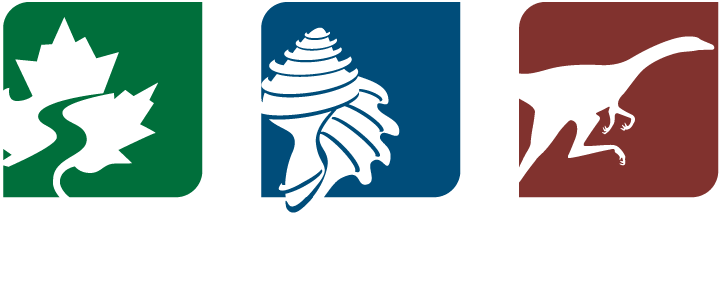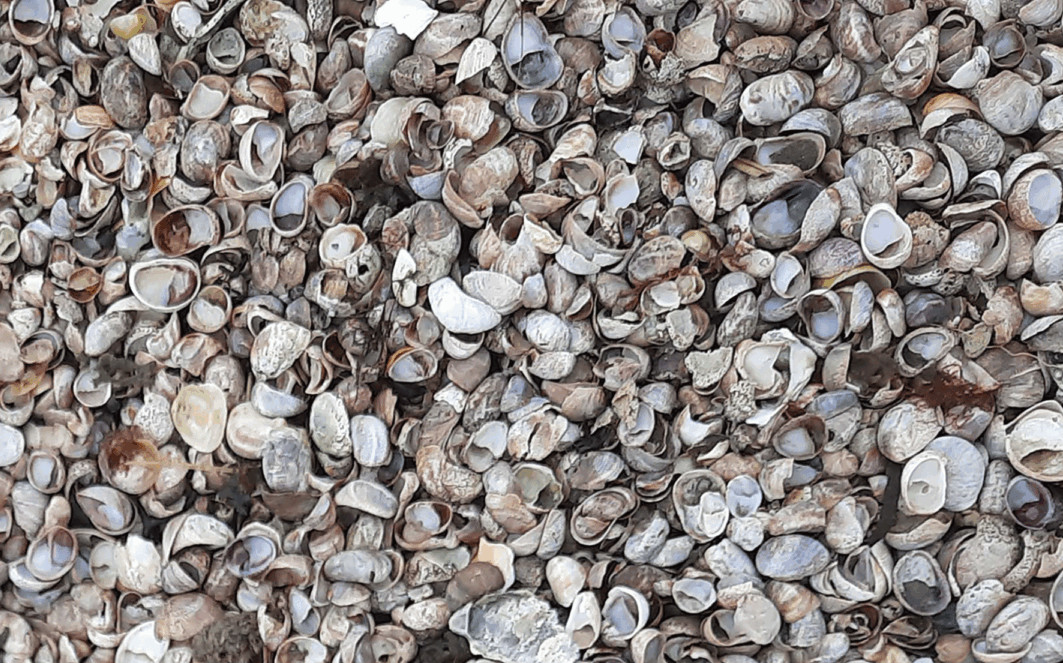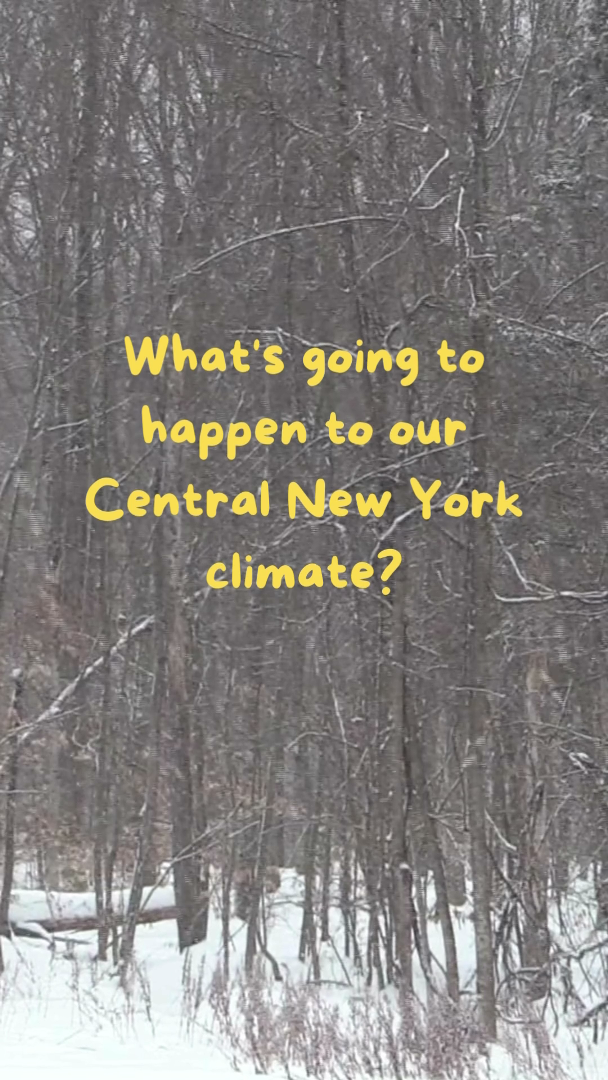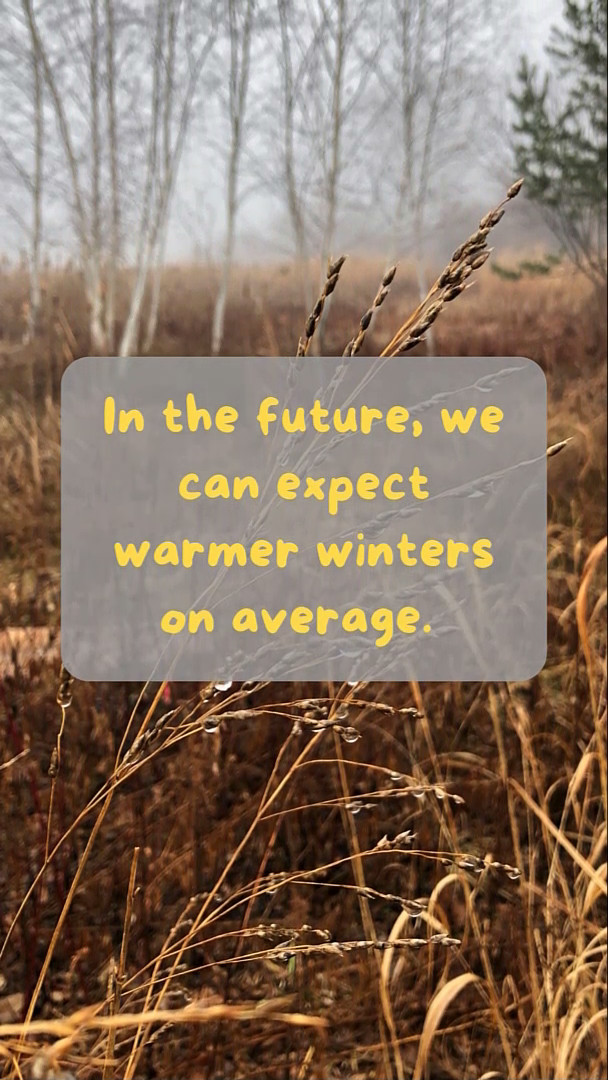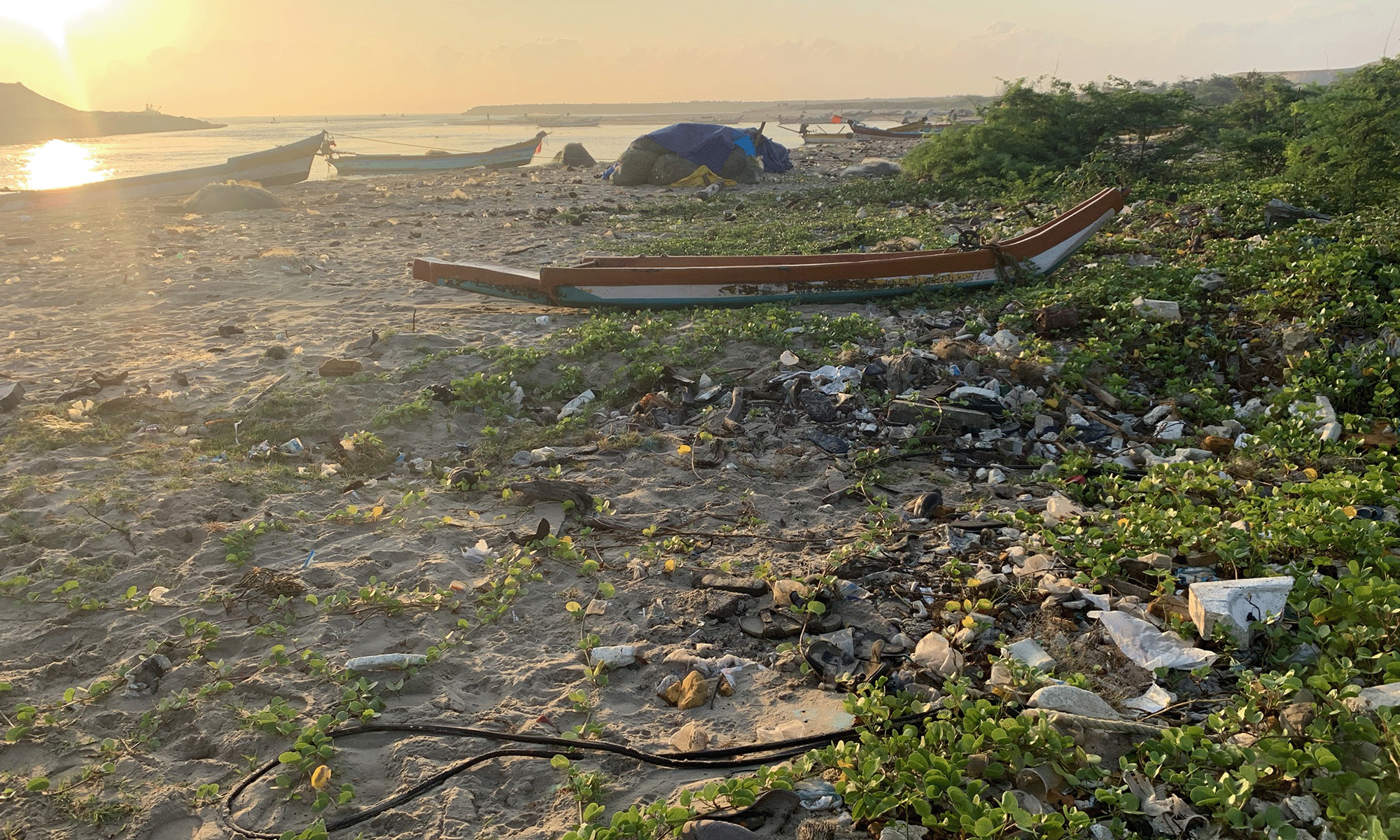
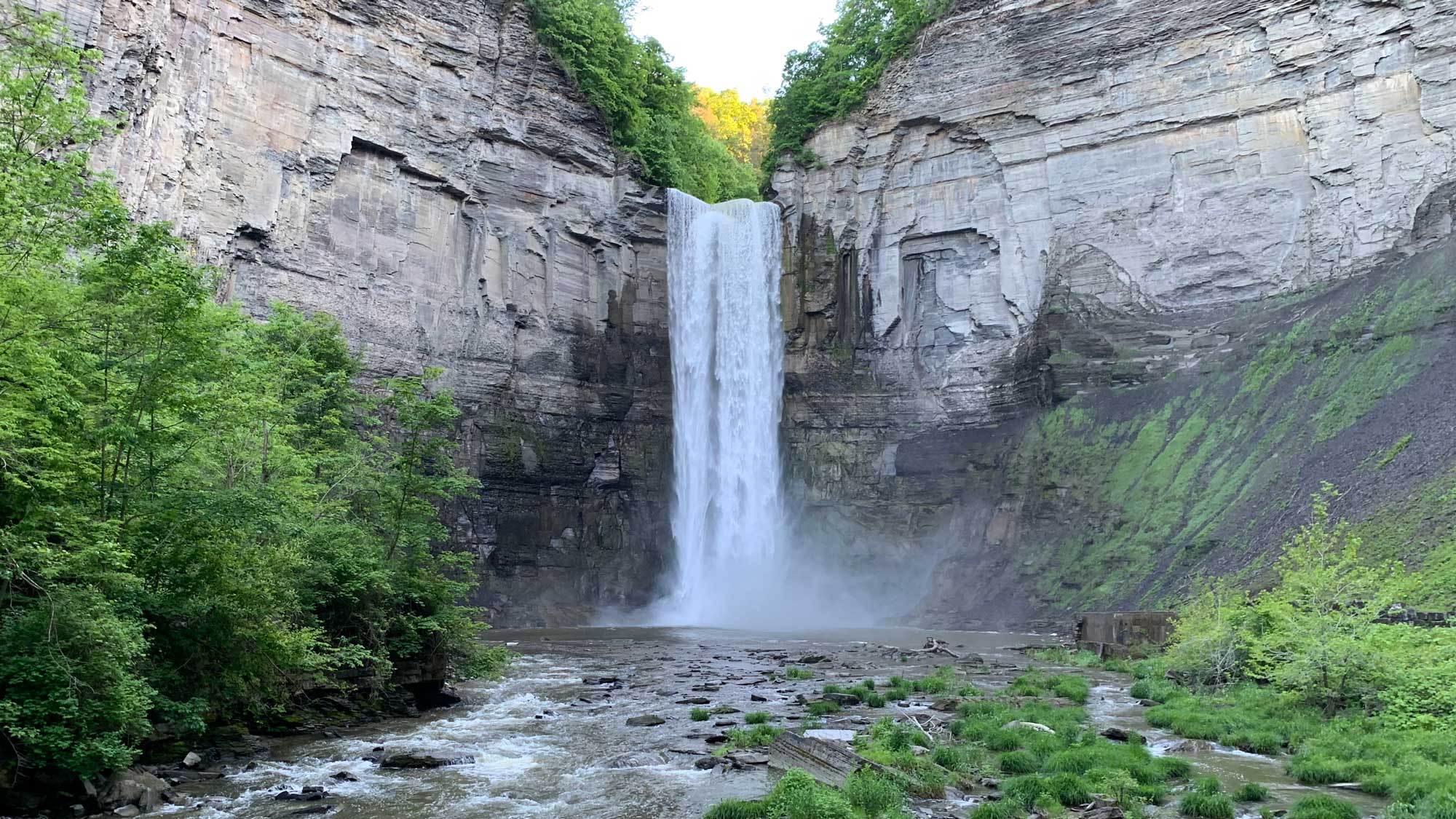
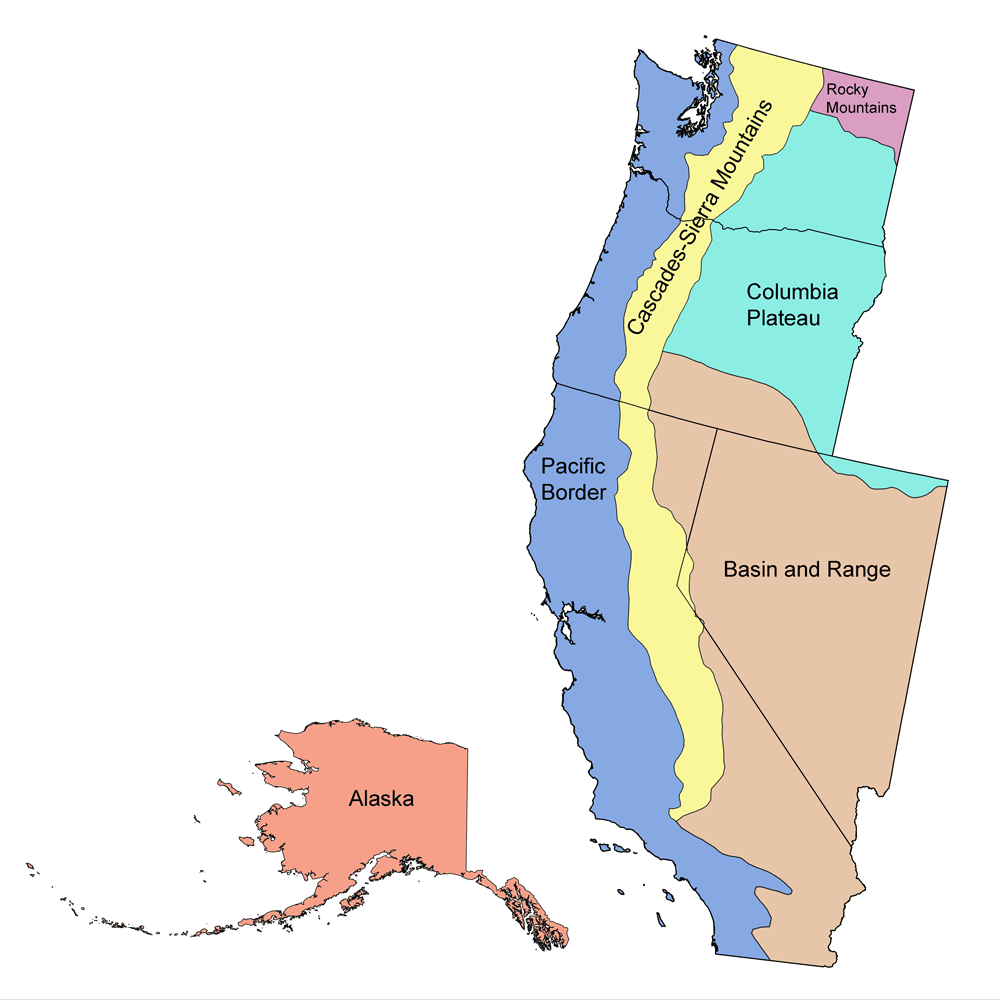
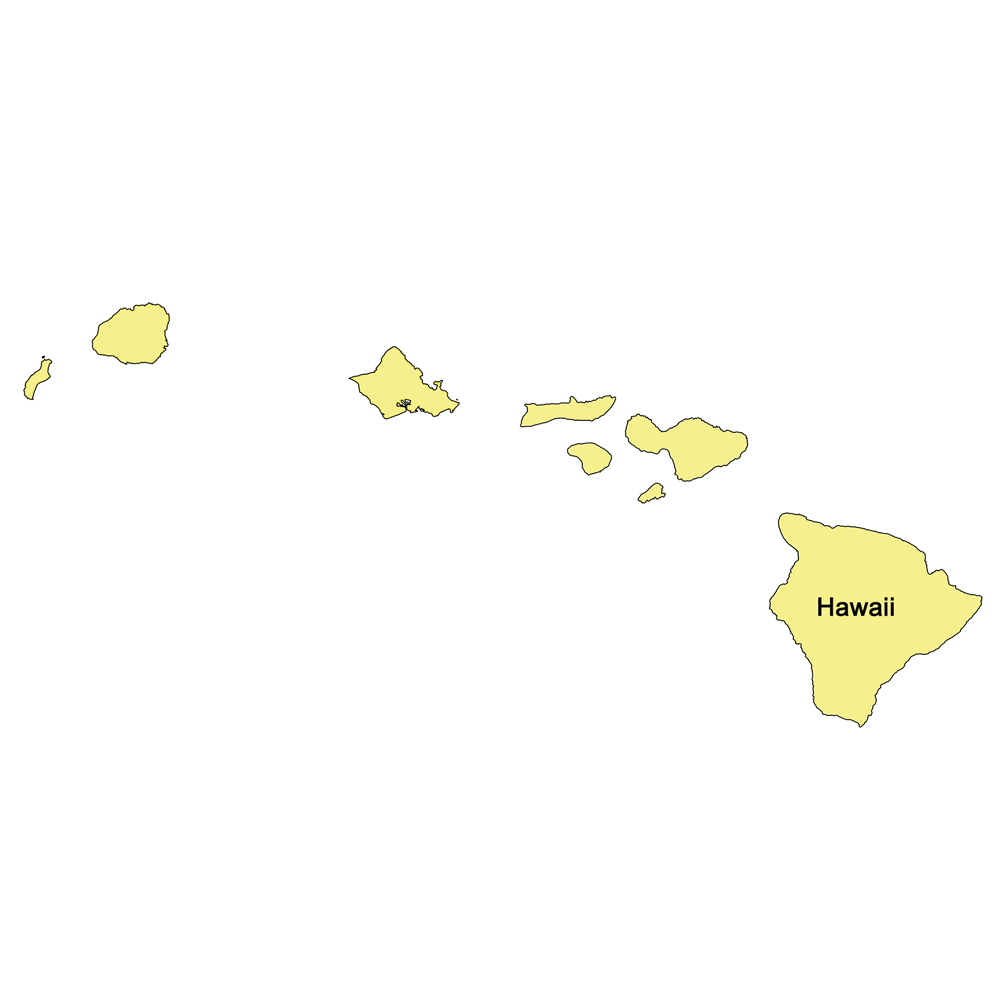
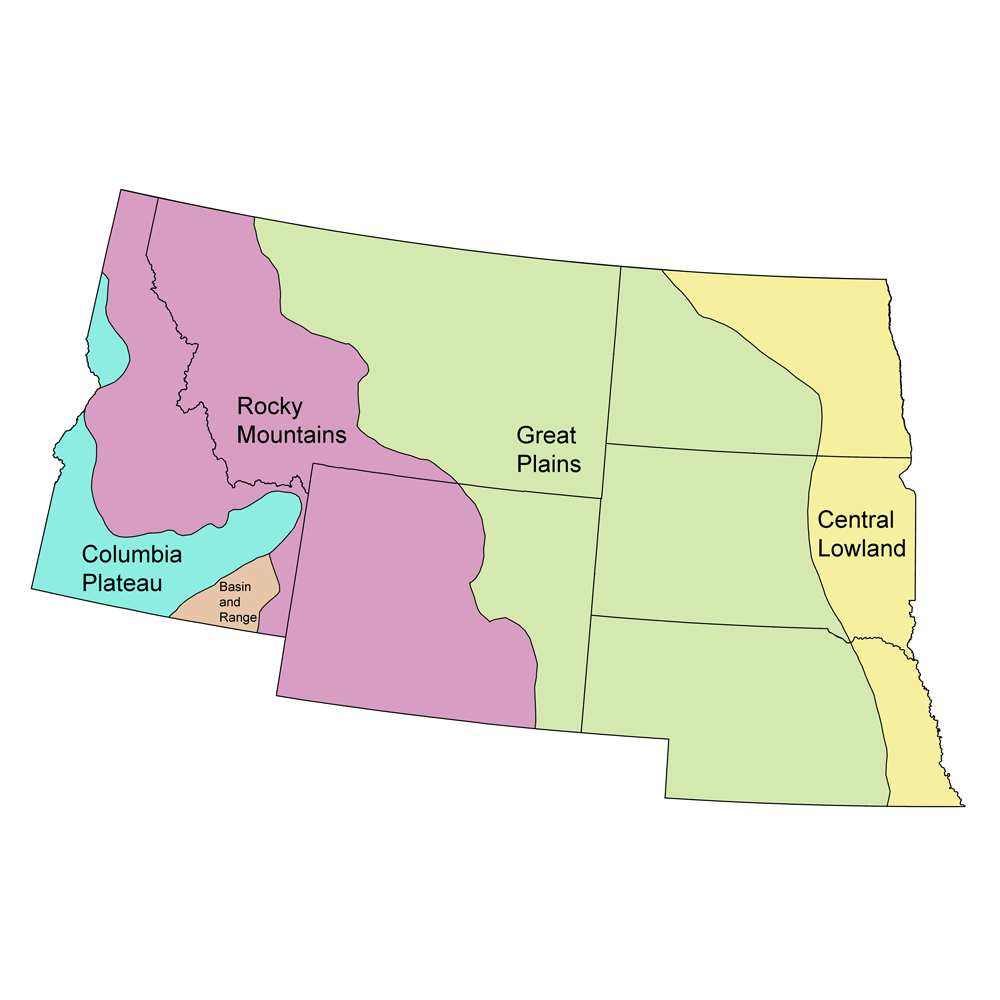
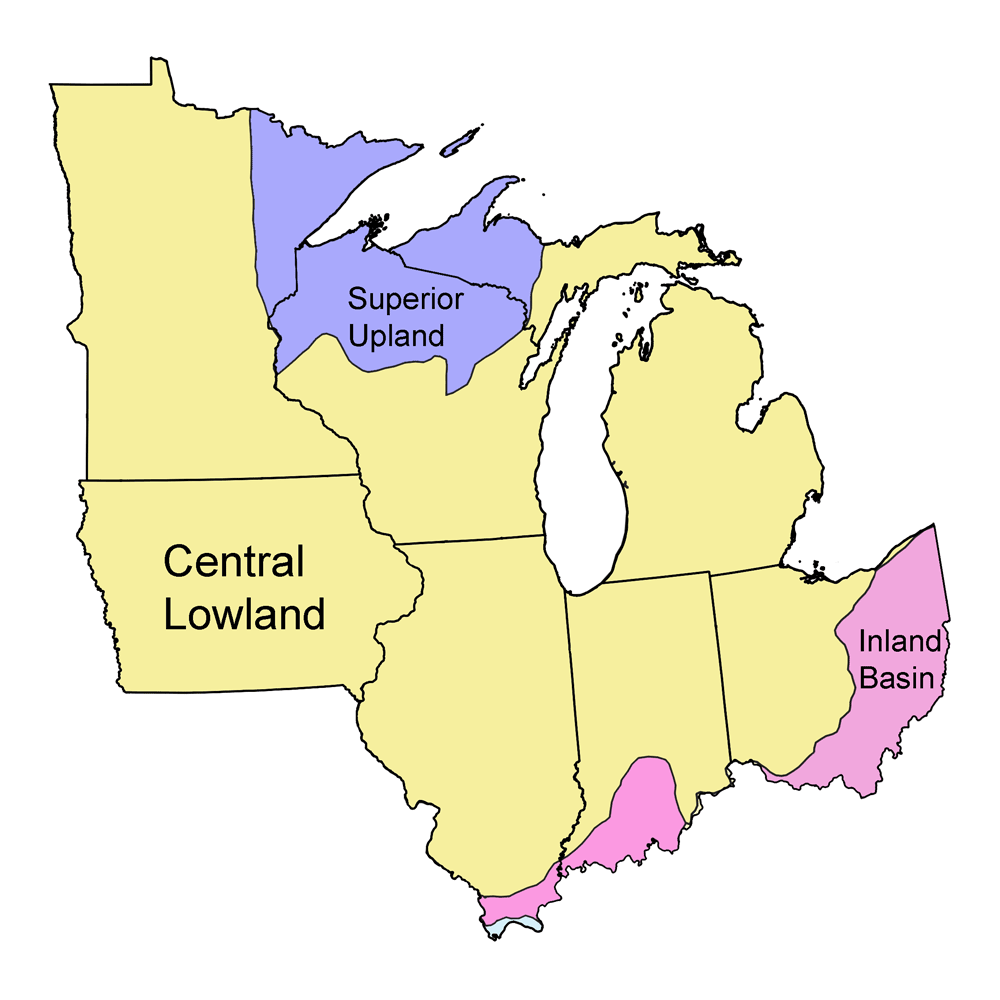
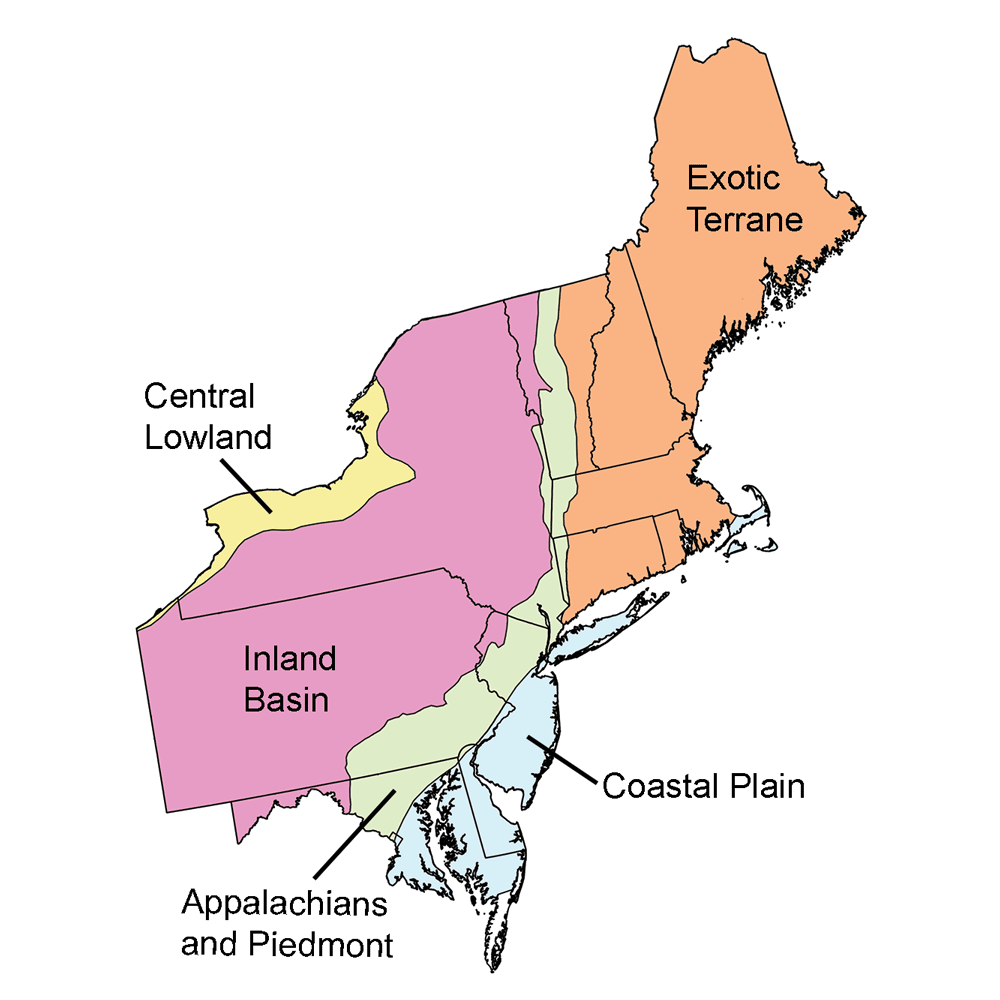
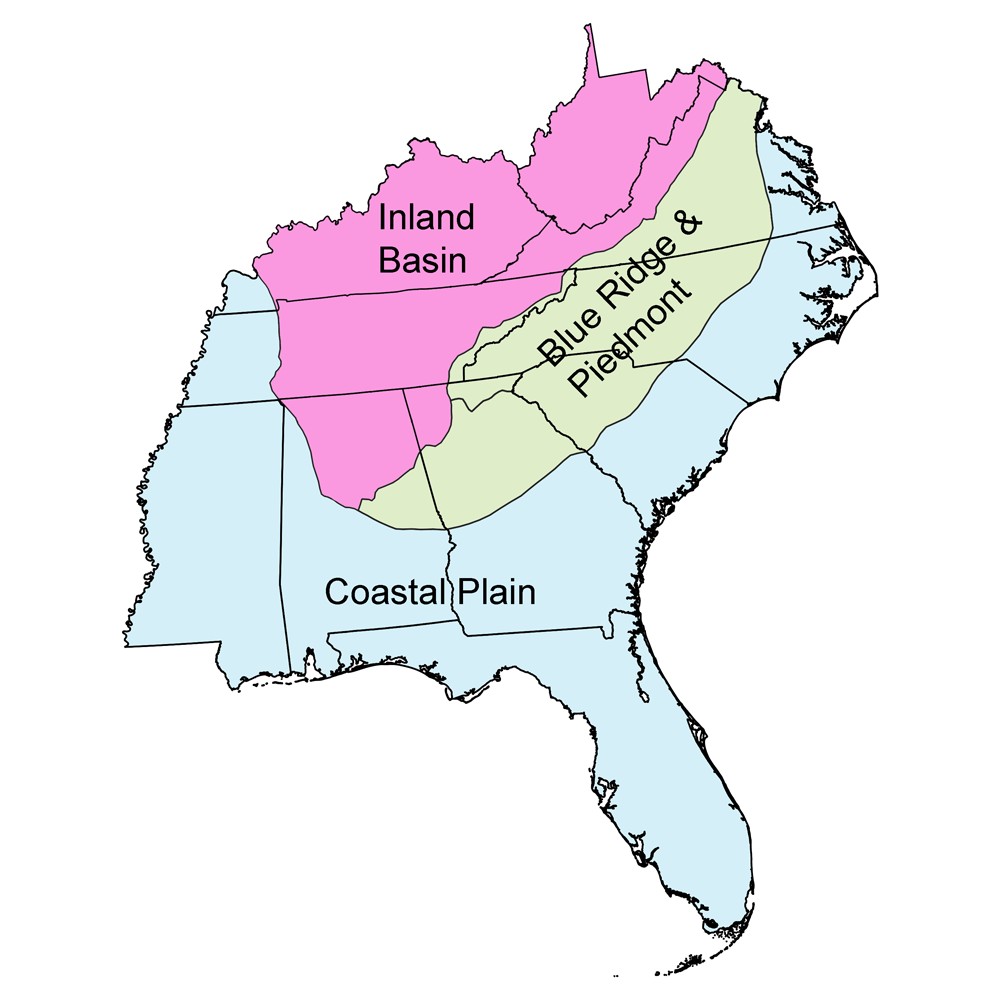
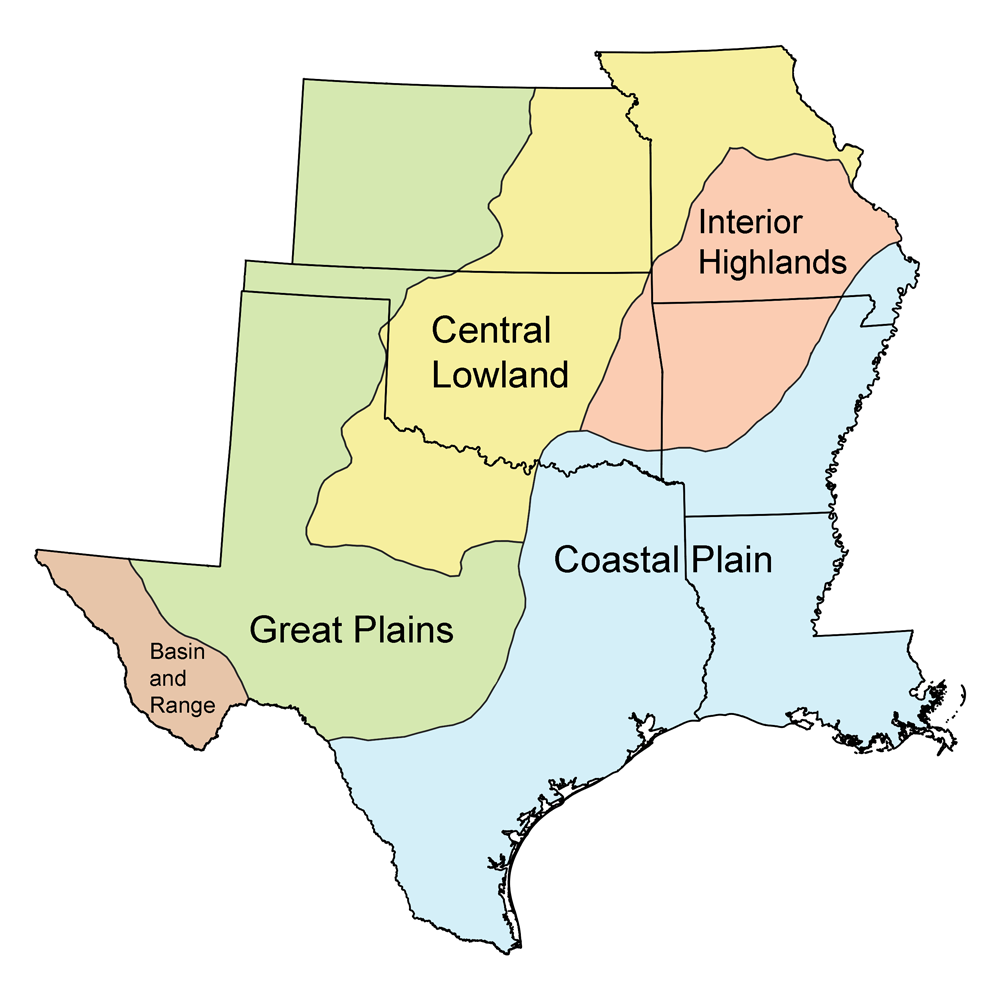

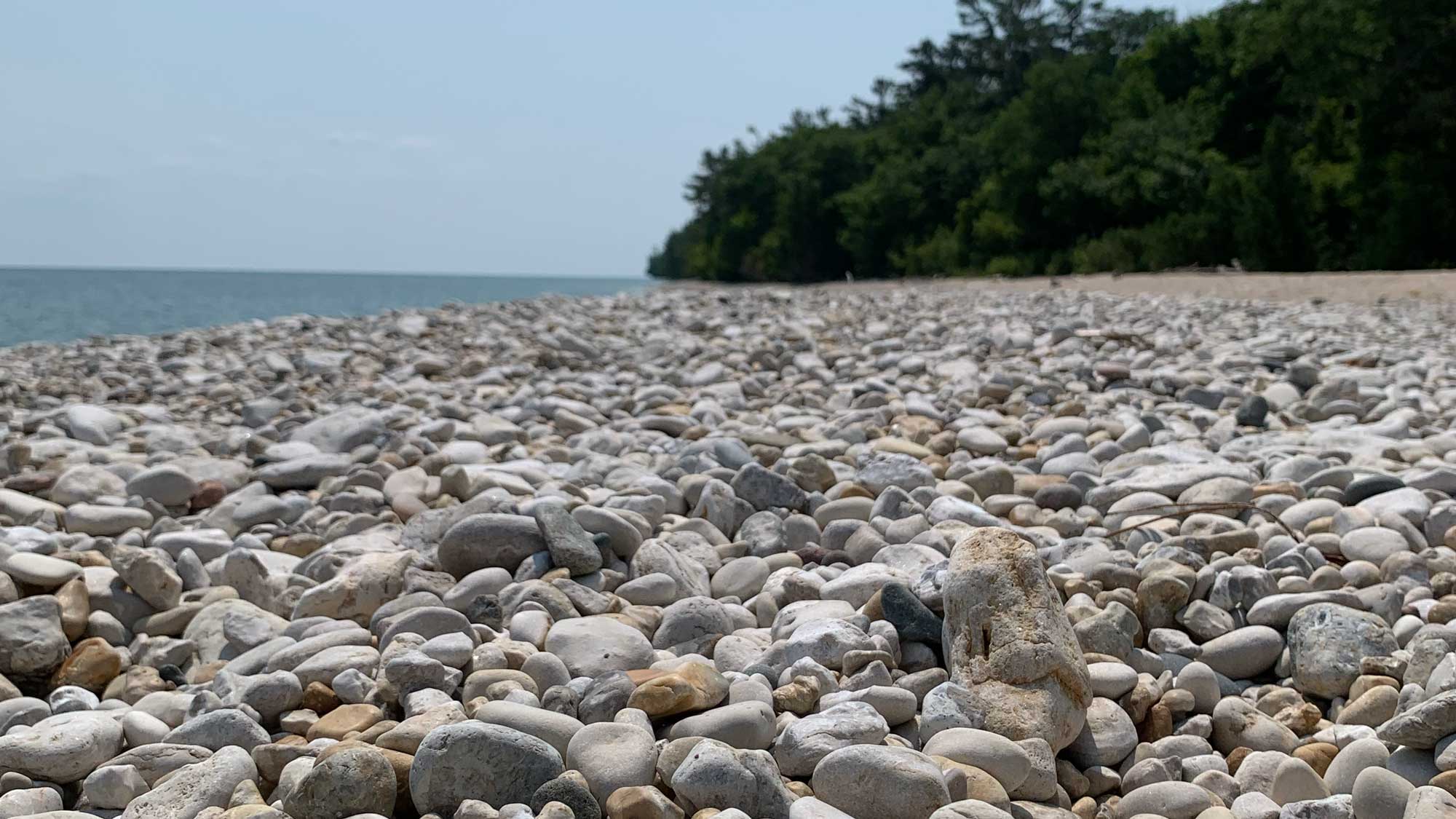
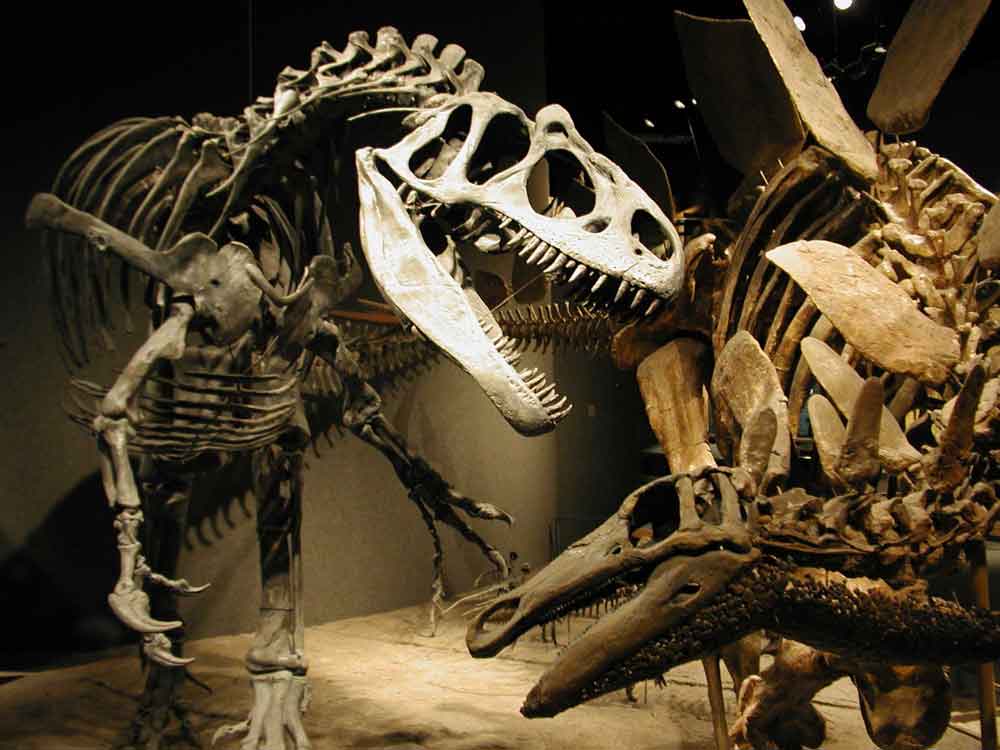
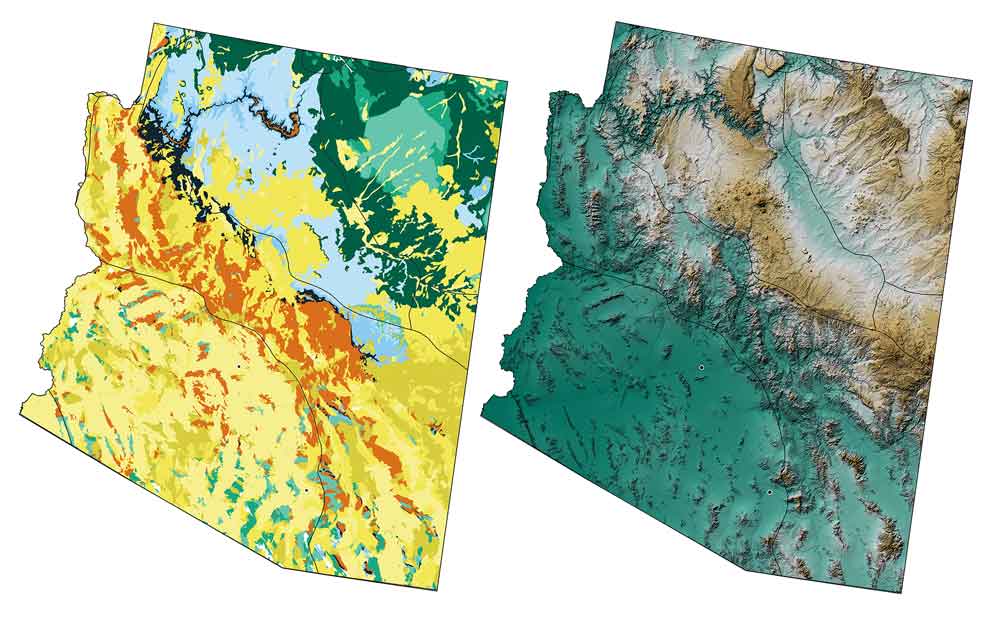
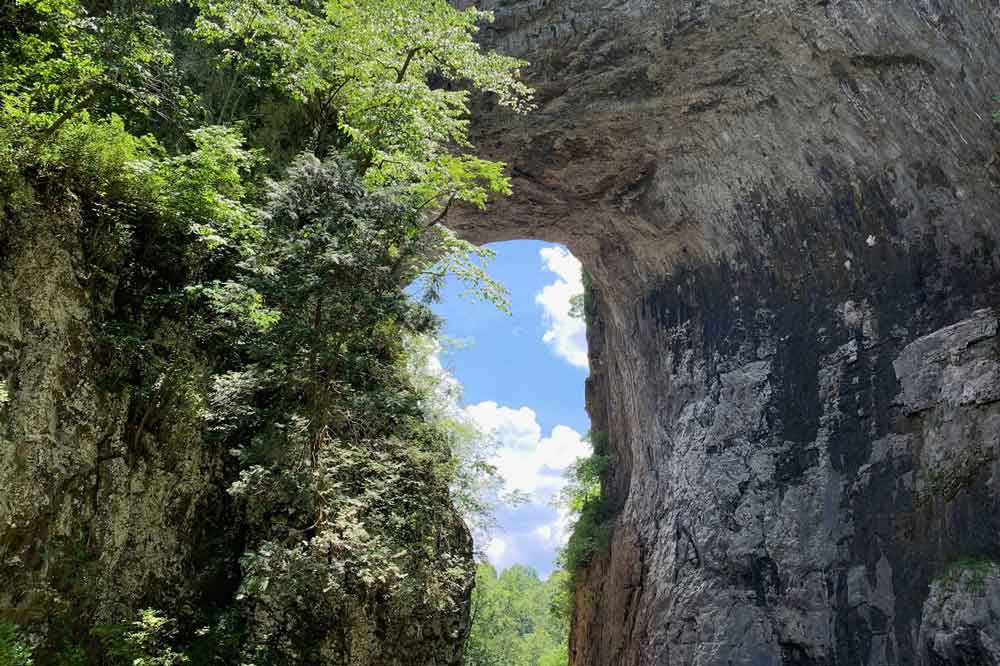

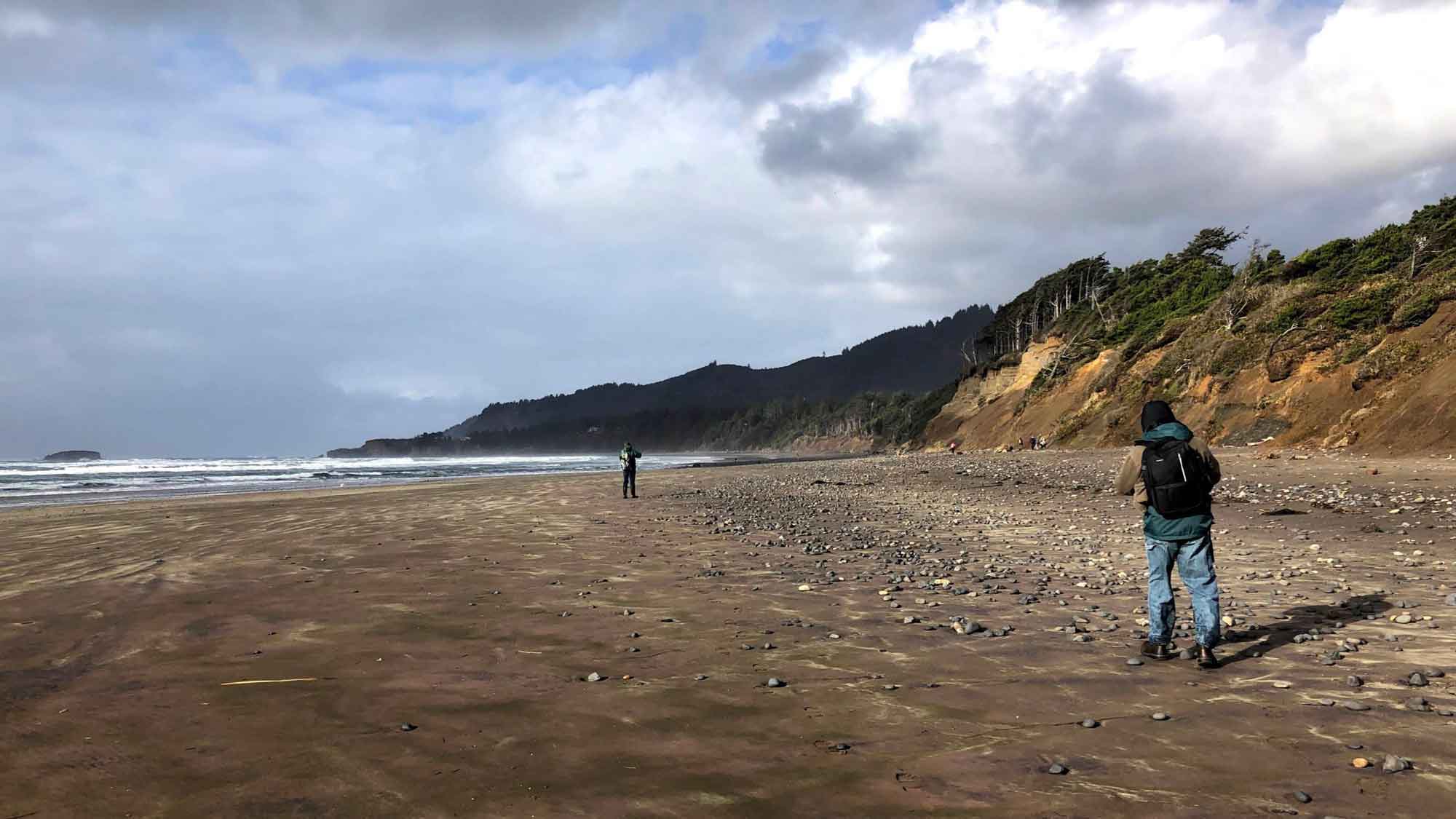
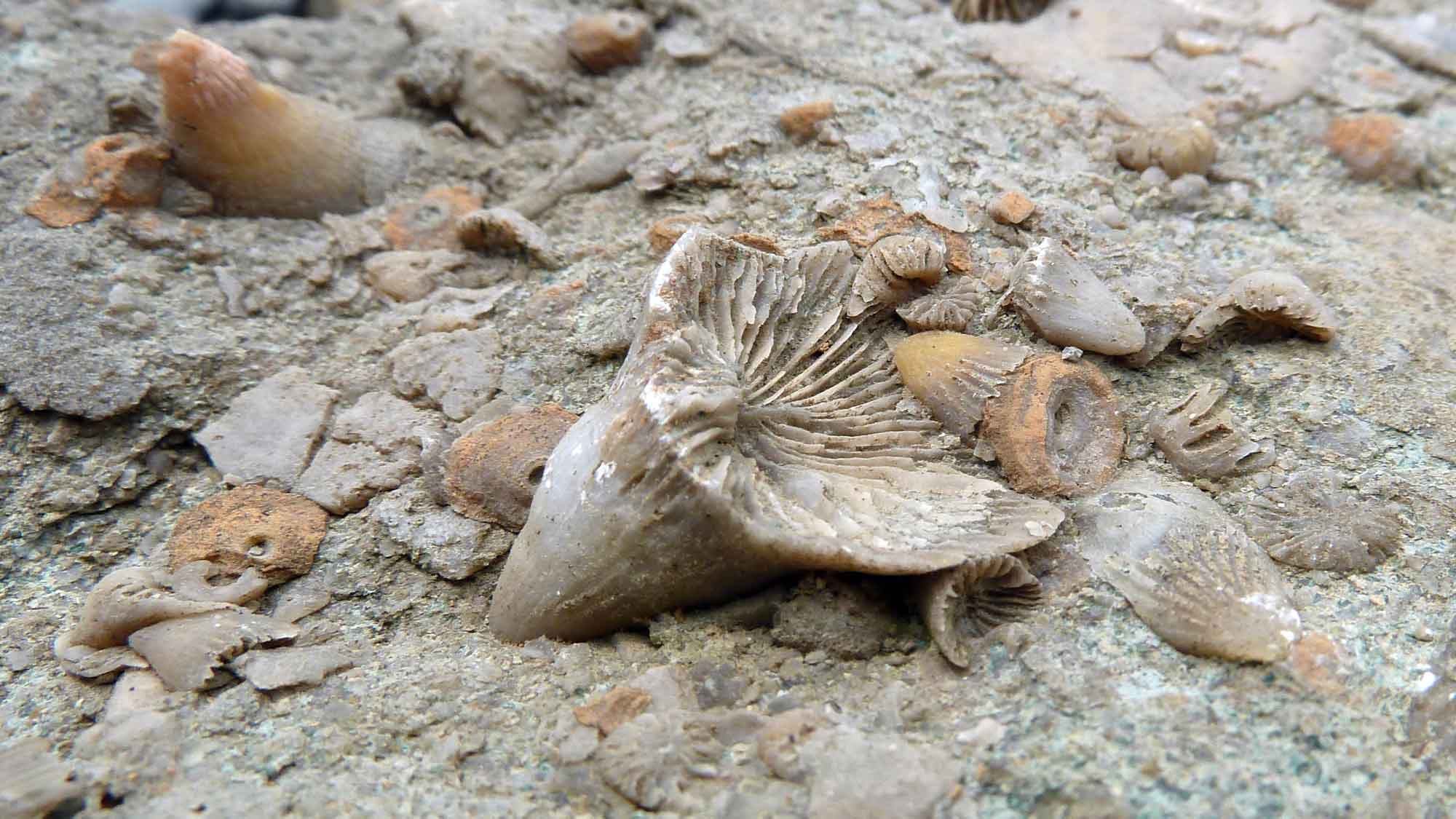
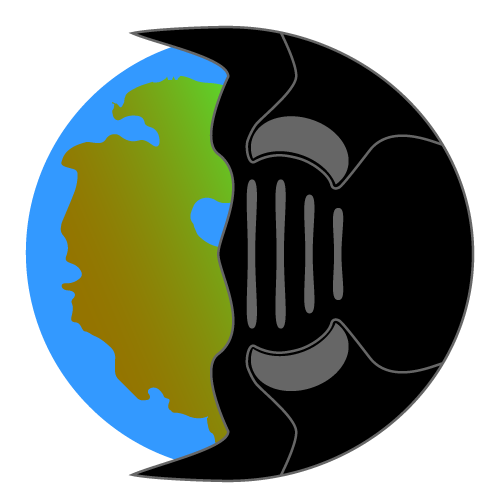
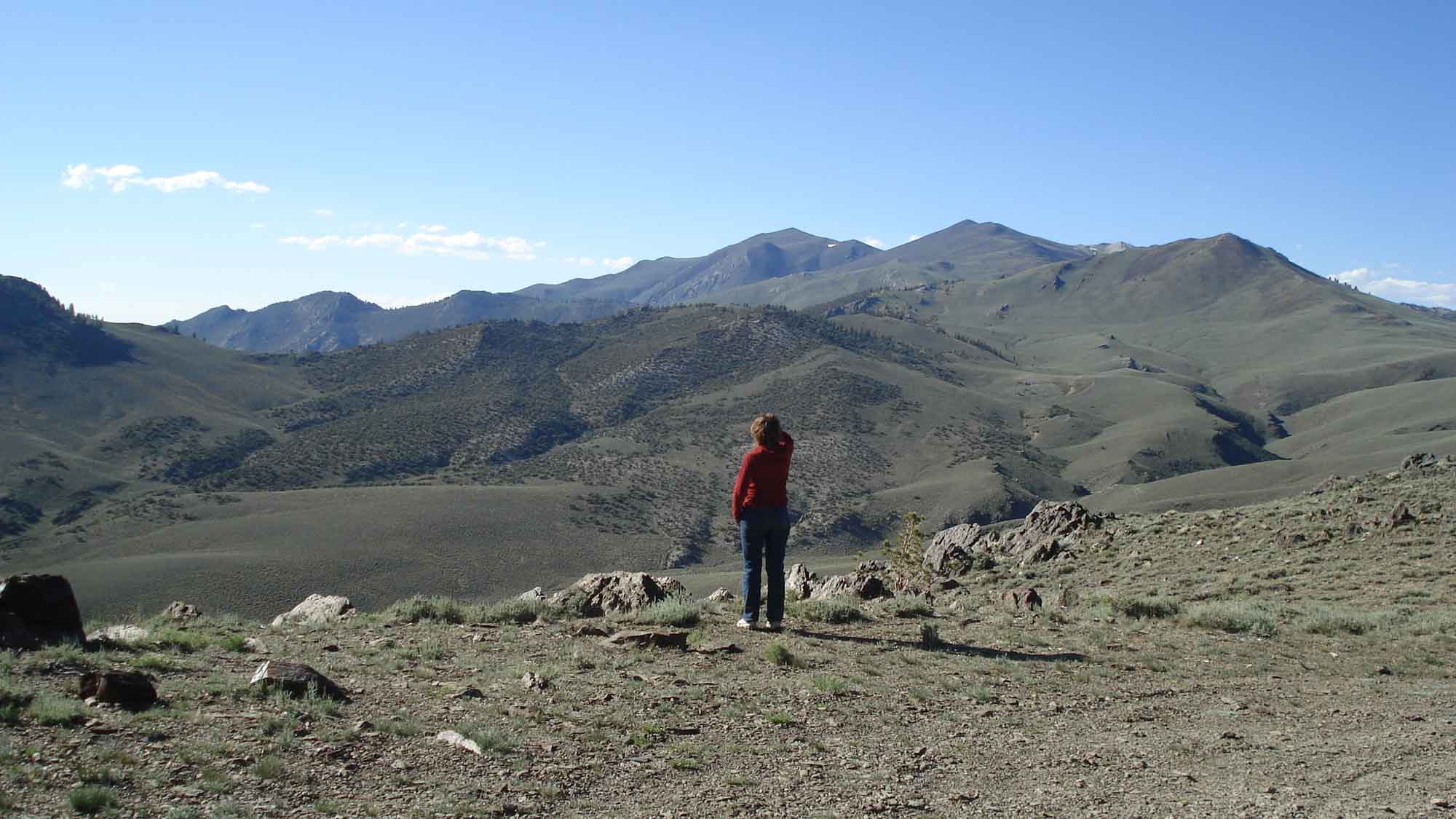
What's New?
Live-Dead Analysis in Conservation Paleobiology
February 12, 2025
Explore a new chapter on the Digital Encyclopedia of Ancient Life.
Updated climate data and projections for Central New York
February 10, 2025
Updated graphs with historical climate data and new video shorts on projections of future climate.
Devonian Extinction: An Unsolved Mystery of Epic Proportions
October 21, 2024
You'll find a new video about the challenges and fun of doing field work from Dr. Diana Boyer and her team.
Climate Models
April 26, 2024
Learn how climate models work, what their inputs and outputs are, and the steps that scientists take to evaluate and verify their models.
Plastic Pollution
April 19, 2024
Learn about plastic pollution and its impacts on nature and human health in a new section of the Digital Encyclopedia of Earth Science called "Humans and the Environment."
American Paleontologist Newsletter!
April 2, 2024
Interested in learning more about paleontology and paleontologists? Become a member of the Paleontological Research Institution to receive the new electronic American Paleontologist Newsletter. The first issue is free for everyone.
All-Star Fossils
Subscribe to PRI's YouTube channel for more fossil and Earth Science videos.
Popular pages
Here on Earth: Regional Guides to Earth Science
The goal of this part of the Earth@Home project is to explain the Earth science of every region of the United States and provide necessary background information. Each region is divided into physiographic provinces: regions that are naturally defined by their modern topography and geologic history. The map below shows the major physiographic regions of the contiguous United States that we are recognizing in Earth@Home.
Click on a region below to go to the corresponding section.
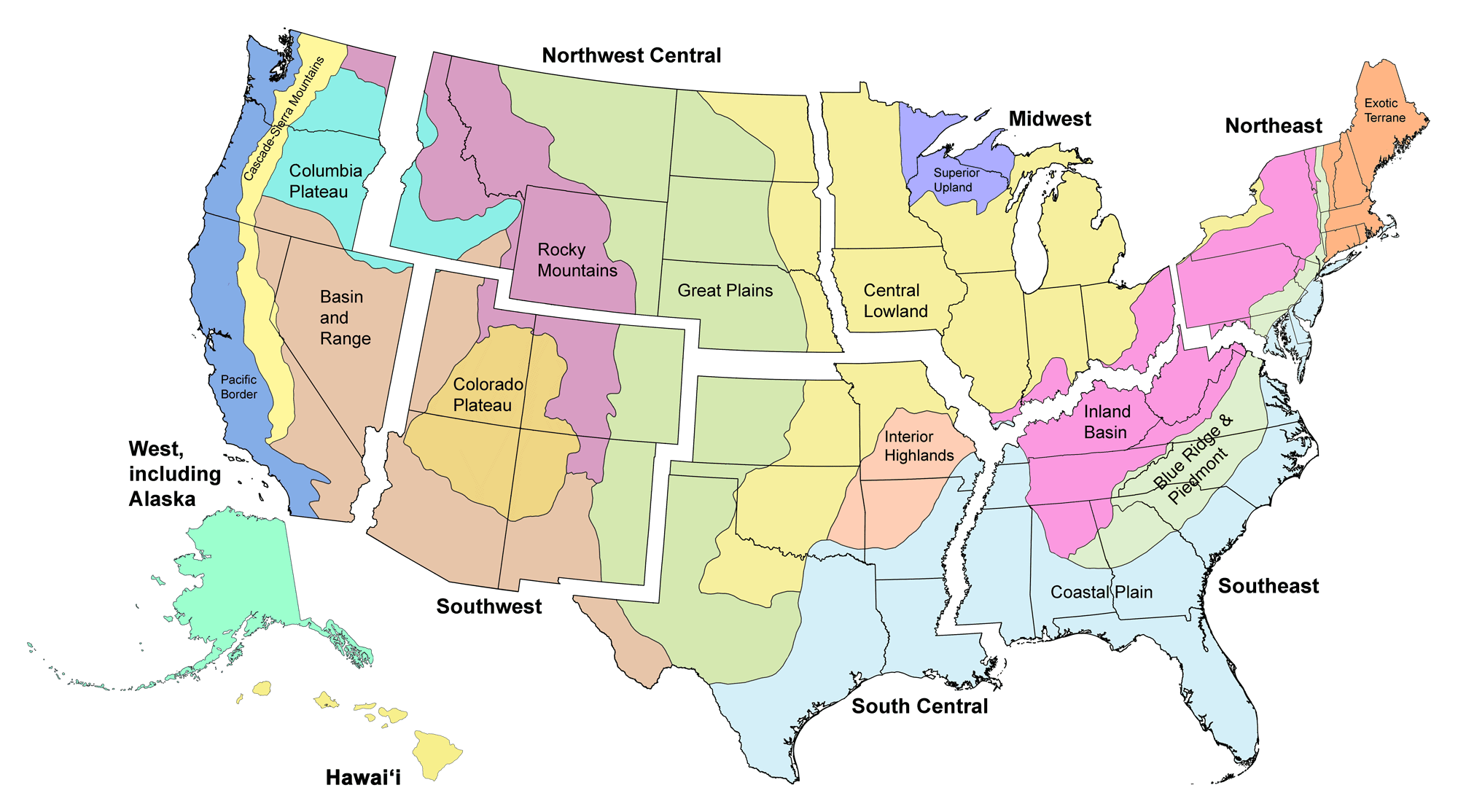
All regions of Here on Earth are now online!!
Digital Encyclopedia of Earth Science
Free, open-access Earth science textbook. Over the next several years, the Digital Encyclopedia of Earth Science will grow to cover most Earth science topics. Initial subjects covered include big ideas, minerals, fossils, climate, and climate change (links below). "Quick Introductions" provide brief overviews of that will be expanded upon in later Digital Encyclopedia chapters.
Newest chapter: Climate Change Mitigation by Dr. Ingrid Zabel.
Virtual Fieldwork Experiences (VFEs)
Background information about Virtual Fieldwork Experiences (VFEs), VFE catalog, and tips for creating your own VFEs.
Additional Resources
Earth@Home Science Road Trip

Follow Professor Gilbert D. Snail on his tour of the Earth science of the United States.
Earth@Home Workshops
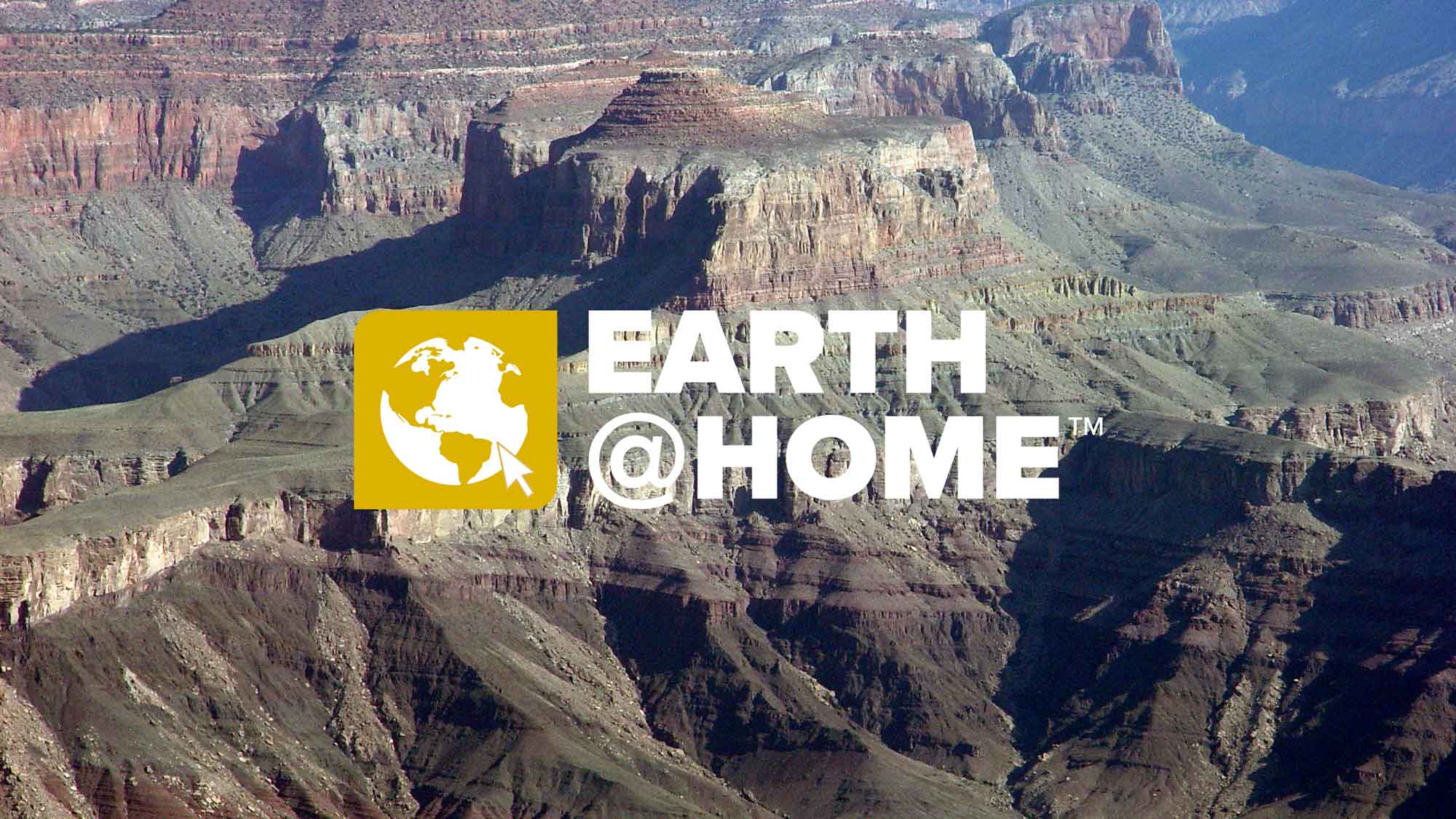
Workshops about the resources on Earth@Home tailored to each major region of the United States.
Fossils of the United States
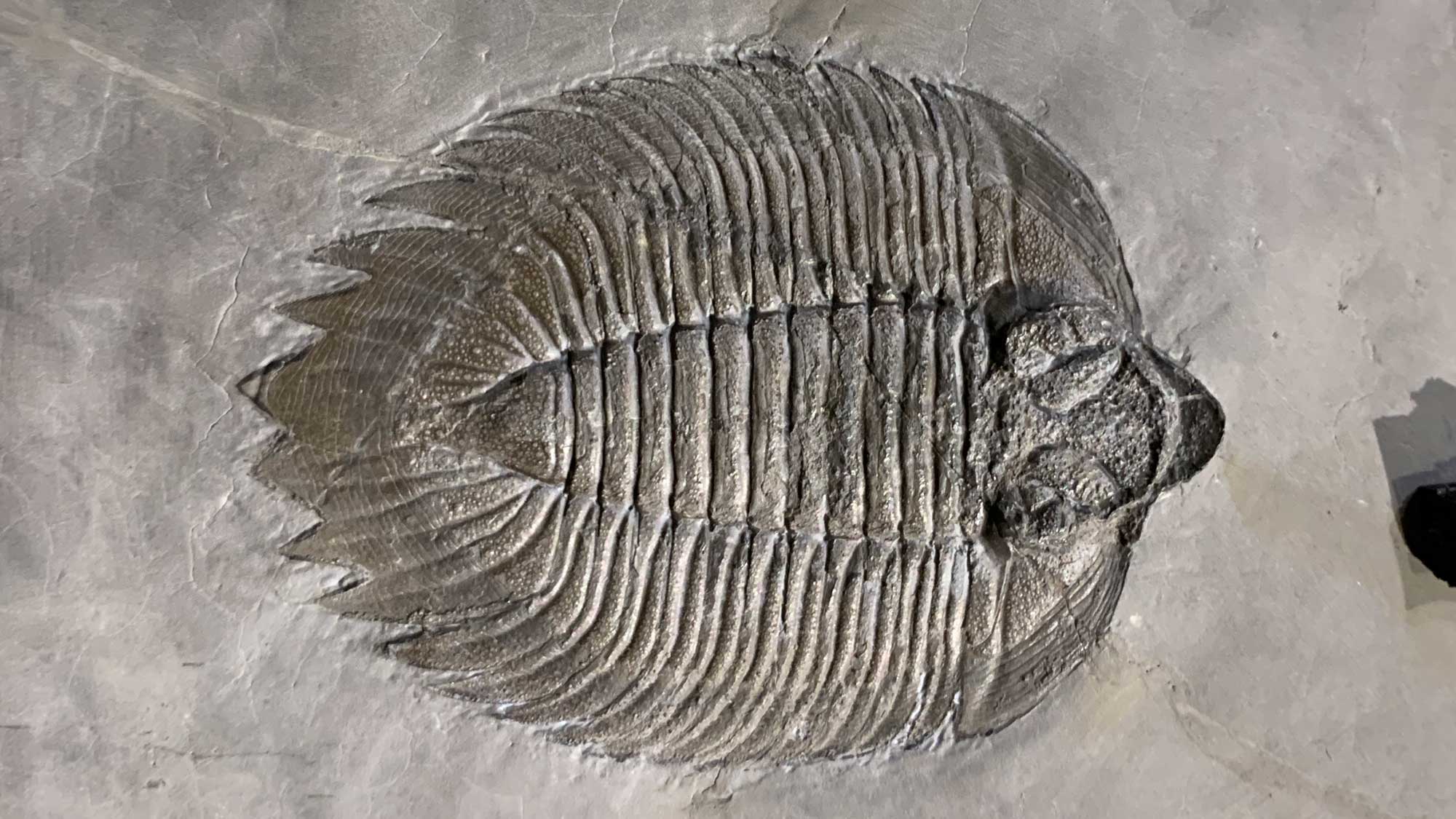
Find out about the fossils that have been found near the place where you live.
U.S. Earth Science Quick Facts

Find out about the official state fossils, rocks, minerals, gems, and highest and lowest elevation of each state in the U.S.
Geologic Time Scale
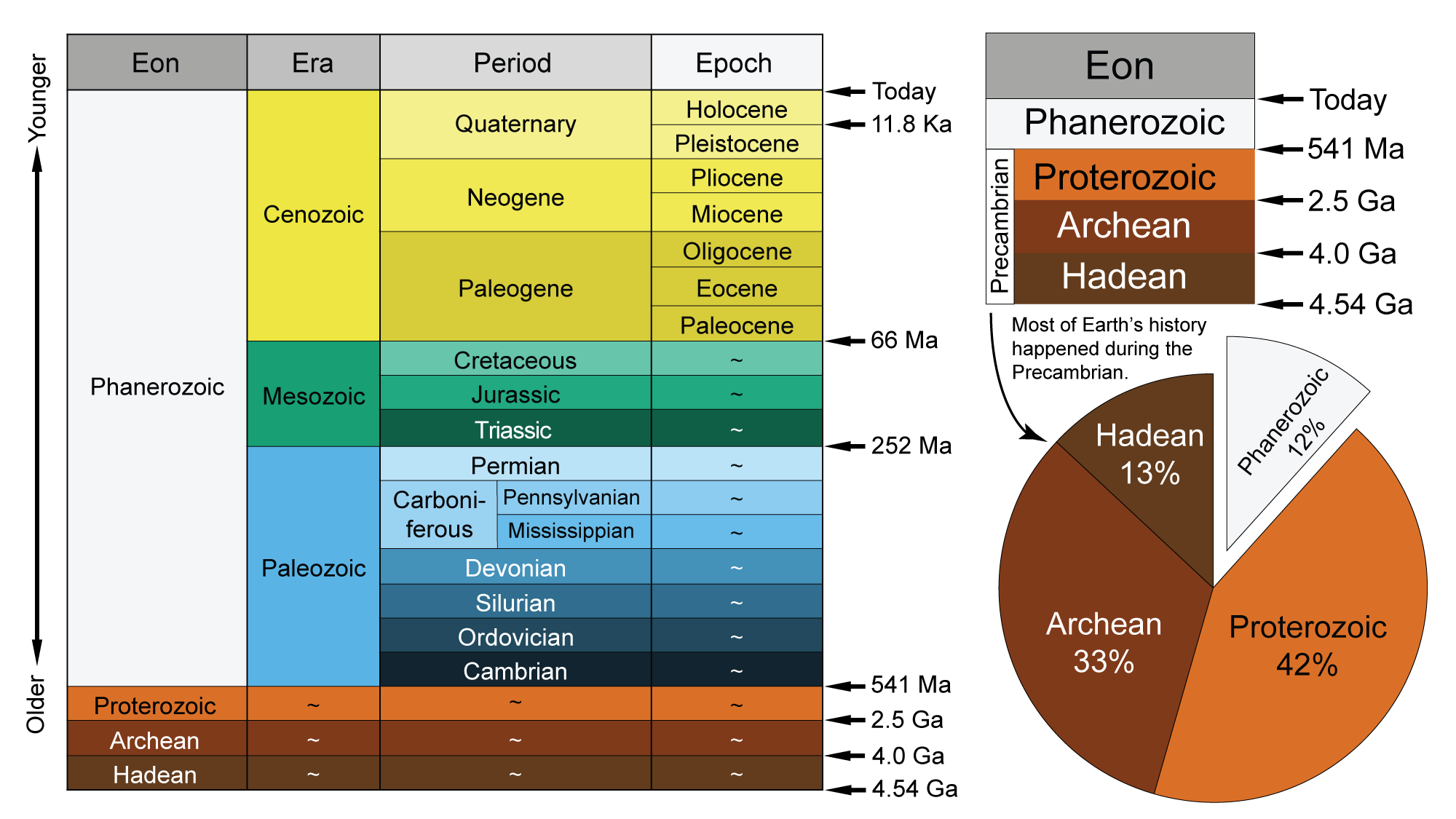
The geologic time scale, including major Earth and life history events.
Geologic and Topographic Maps

Geologic and topographic maps of each U.S. state that are free to use for educational purposes (under development).
